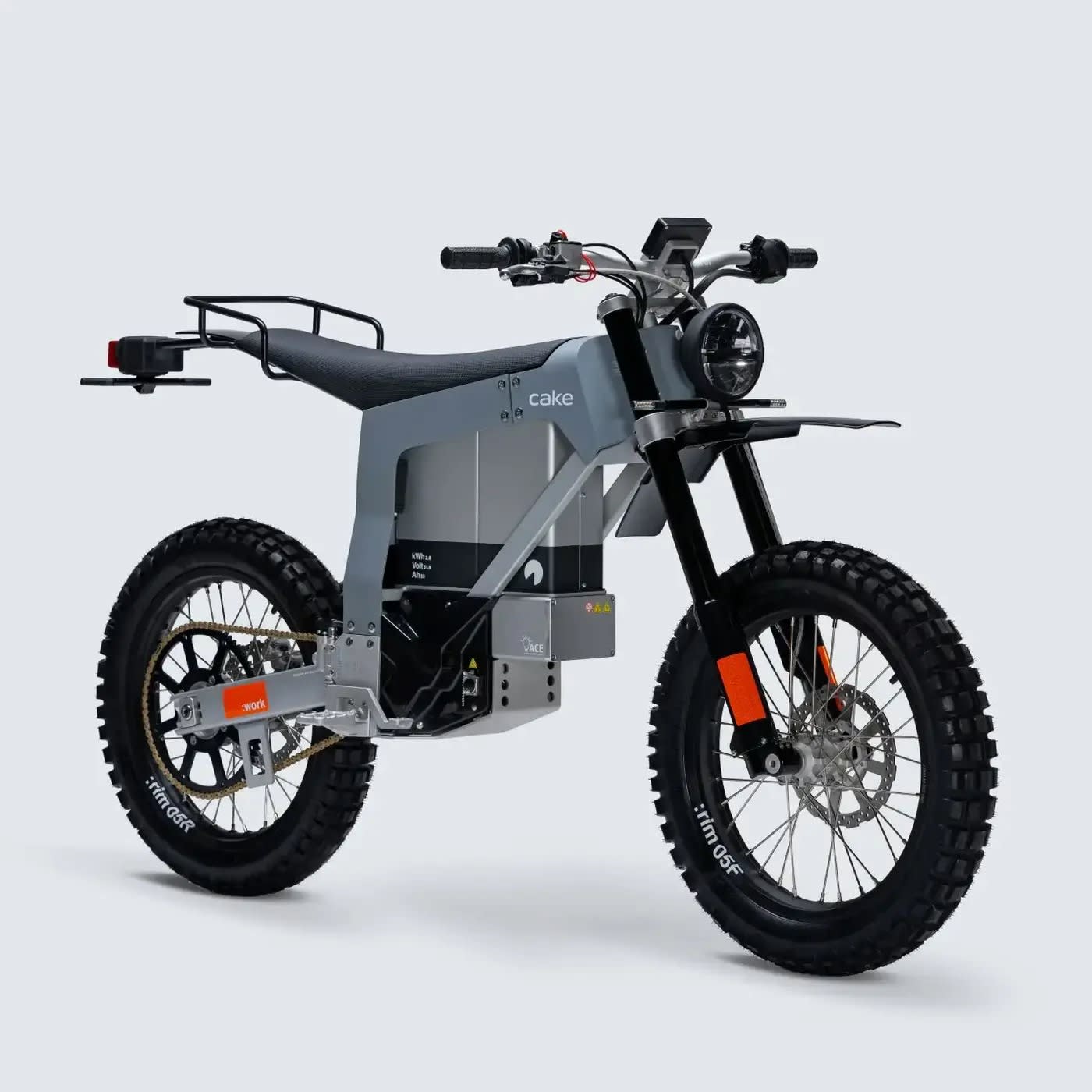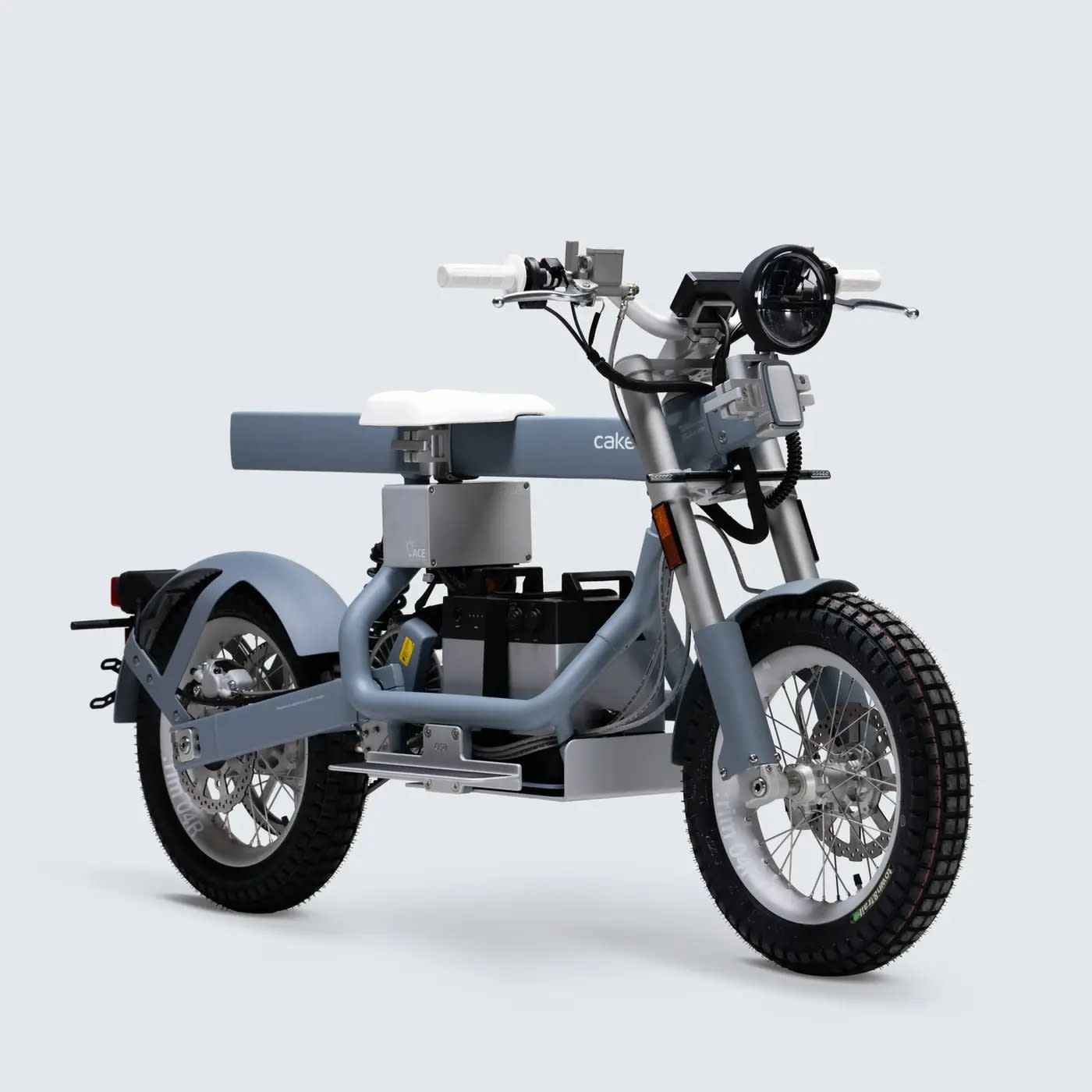A new importer is joining the Israeli motorcycle market, NOICE, which will market CAKE's Swedish electric motorcycles. The importer's name is a play on words based on NO and ICE, a shortening of internal combustion engine.
The manufacturer itself, founded in 2016, launched its first platform in 2018 (KALK), a second platform in 2020, and has since introduced a new platform every year. Currently, the manufacturer offers 5 platforms, with 4 of them imported to Israel. Each platform has its own designated use, built according to its intended use and adapted to accommodate accessories suitable for the task.
Over the past two years, the company has been expanding to additional markets such as the US (New York, Los Angeles, San Francisco), France, Italy, Germany, Spain, Japan, South Korea, and more. Israel is the first in the Middle East region where CAKE has launched its operations, even though it was not originally included in the marketing plan for this round.
The family of models from the manufacturer coming to Israel includes the KALK and OSA series, with the former including the KALK&, KALK INK&, and KALK: WORK models - we know, these names are more bizarre than a calendar full of cats dressed as historical figures, don't try to understand, just go with the flow.
The KALK& is the flagship model of the manufacturer's off-road motorcycles. With a power output of 13.4 hp and a torque rating of 25.7 kg/m, it performs similarly to an average family car. It rides on suspension from the respected suspension manufacturer "Öhlins". The vehicle is powered by 2.6 kWh batteries from the company Northvolt (which also supplies batteries for Volkswagen's electric vehicles). The batteries are removable and can be replaced with new and advanced ones even for existing vehicles. The battery charging times (removable - 17 kg) are two hours from empty to 80% and an additional hour for a full charge.
The performance is modest and limits the overall use cases of the manufacturer to very narrow and problematic scenarios - the maximum speed of about 90 km/h means it's not suitable for high-speed roads, and the claimed range is only 86 km.
The price of the model is NIS 63,000, similar to its price in Europe - 14,860 euros.
The second model in this family is the KALK INK&, a simpler version in terms of components compared to the KALK& with regular suspension developed specifically for this model by the manufacturer.
Similar to the flagship model, it offers a TFT display through which its 4 riding modes are controlled, 3 fixed on the motorcycle and a fourth controlled by a dedicated motorcycle app. It also has 4 braking options, starting from a mode where the electric motor resistance is not activated, to a full mode where the motor resistance is used to slow down the motorcycle.
The performance is similar to that of the KALK& - a speed of about 90 km/h and an official range of 86 km.
It stands out in its external appearance with its black shocks and frame, its price is lower than that of the KALK& and stands at NIS 53,000. Again, a very similar price to that of the model abroad, standing at 12,580 euros.
The third in the KALK family is the WORK. It is intended for riders who need a motorcycle for work in rough terrain. Abroad, it is used by park rangers in parks where "green" and quiet riding is one of the basic requirements from the motorcycle without compromising on mobility capabilities.
The model is the same in terms of batteries and performance as the two other models in the series, but has a slightly more powerful engine - 14.7 kW, terrain-oriented tires, less dual-use and more robust and durable components.
The price of the WORK version will be NIS 58,000.
The fourth tool in the CAKE family is the OSA, which is very intriguing. It is actually a tool built around a central backbone frame, where in addition to the propulsion components, it can be "dressed up" with a variety of accessories and adapted for different uses. Carriage baskets, skateboard mounts or ladders, crates, loading surfaces, and more.
The spacious waistline, the protections, and the chunky tires allow it to move easily even in rough terrain, so like the WORK, it can be adapted for people who need off-road mobility capabilities such as technicians, rangers, farmers, and more.
In accordance with its purpose as a utility tool, the OSA hunting company equipped the batteries with 5 and 12 volt outlets to allow for charging and use of various tools, from a screwdriver to a light pole for fixing a leaking faucet at night on the edge of the farm.
The OSA's power is 12 kW with identical torque to other tools, and the range is 84 km. The maximum speed is also around 90 km/h. The price is NIS 43,000.
Currently, one can be impressed by the tools and carry out test rides only from the company's showroom in Netanya with advance registration only. The company is currently limited to several tens of tools in the first stage, hoping for a more regular arrival rate in the future.
The quantity of tools is not a big problem at the moment for a product that, despite the excellent impression it made on us in a static encounter, is already, at the basic data stage, oriented towards a very limited audience from the outset. Such a product has a very specific use case scenario and is open to radical design.
These should add short maintenance intervals in an unconventional way for two-wheeled and especially electric - in 6,000 km or half a year maintenance intervals (the company did not specify what the maintenance includes, we will add when they publish) and also a warranty of only two years or 30,000 km (including batteries) is not exactly the standard in the industry.




